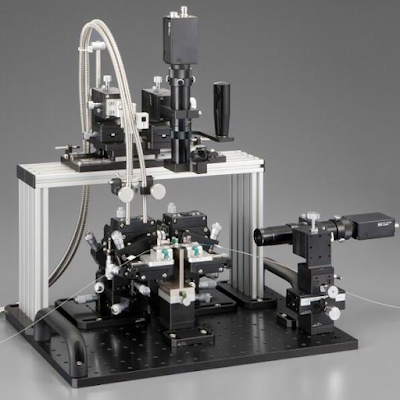Precision is crucial in the ever
changing field of communication technology. The need for quicker, more
dependable connections is only increasing, whether it is via 5G networks,
high-speed internet, or data centres that fuel the cloud. The Optical Fiber Alignment System is a
quiet but significant invention that is working behind the scenes.
An optical fibre alignment system: what is it?
A high-precision method for
aligning optical fibres with nanometre accuracy is called an optical fibre
alignment system. By ensuring that the cores of two fibres are precisely
aligned, these systems reduce insertion loss and increase signal strength. Even
the most sophisticated fibre networks will experience inefficient transmission
in the absence of precise alignment.
Why is Alignment Important?
Networks are under more strain
than ever before due to the exponential increase in data consumption—think
video streaming, remote work, IoT, and AI. Accurately aligning optical
components has a direct impact on:
Transmission Speed: Data transport may be slowed down by
misalignment.
Signal Quality: Signal loss is decreased by precise alignment.
Network Reliability: Outages and error rates are increased by
faulty connections.
Optical Waveguide Alignment System
The Optical Waveguide Alignment System goes beyond conventional
alignment, which just considers fibres. It is intended to align integrated
photonic waveguides as well as optical fibres, which are crucial parts of
photonic chips that manage light-based data transfer on a micro scale.
These systems are necessary in:
Faster, smaller, and more
energy-efficient circuits are made possible via silicon photonics.
In quantum computing, accuracy
cannot be compromised.
Advanced Sensing: When photonic integration is needed in
aeronautical or healthcare applications.
Optical Waveguide Alignment Systems are driving innovation in a variety of sectors by guaranteeing nearly flawless coupling between fibres and waveguides.
The foundation of tomorrow's communication infrastructure is made up of Optical Fiber Alignment System and optical waveguide alignment systems, which may enhance the quality of your video conversations and enable cutting-edge technologies like photonic chips and quantum computing.


